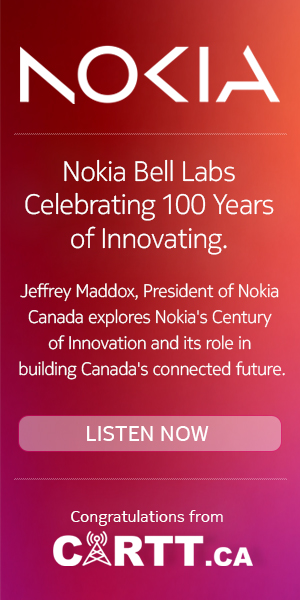TECHNOLOGY ADVANCEMENTS ARE enabling new competitive options for cable companies to consider – however, these same technologies can be used by competitors to win customers away from cable.
Last year the CommTech Trade Show in Kelowna had the first major introduction of Fibre-to-the-Home (FTTH) technology to Canadian audiences. I remember 10 years ago looking at the costs of delivering fibre services that far and figuring that there wasn’t enough money in the world to afford it. Now we find that a critical mass of technology in the FTTH space has been reached. Numerous vendors have working systems and standards for interoperable implementations are well along. Competition is driving the equipment prices down. There are numerous competing vendors for large and small components, both for inside plant and outside plant.
High density housing markets like Korea and Japan are not the only places where FTTH is being deployed. Stateside, numerous deployments are underway, even in small markets. Verizon is currently installing FTTH systems for residential triple play services as fast as they can. We see the start of U.S. cable operators rebuilding small rural communities with FTTH and launching cable, Internet and primary telephone with data speeds surpassing the capability of what Canadians have in large urban cable systems.
Clearly, the FTTH implementation momentum is building.
What are Canadian cable TV companies doing with this new FTTH technology? Is a wait-and-see approach still the right thing to do?
Canadian telcos have been plowing incredible amounts of fibre into residential neighborhoods the last few years. They are clearly positioning themselves to be able to move off of DSL and employ FTTH as their competitive play against cable because they know that a telco who deploys DSL-style video service is really doing a stop-gap "me-too" implementation over a plant technology that has little advantage over what cable TV can do.
How can a telco really hope to differentiate themselves from the incumbent cable operators using just plain DSL and be hugely successful?
With multi-fibre bundles in the thousands of strands going into neighborhoods, these telcos are close to being able to deploy FTTH and provide meaningful differentiation in data capability to that of what cable’s hybrid fibre-coax (HFC) technology can do. It is important to realize that the two largest telcos in Canada, Bell and Telus, do not have any meaningful deployments of DSL video. Perhaps they plan something better?
It is a surprise to this engineer that cable companies today are not building FTTH in new areas. The economics are now similar to traditional HFC. At a minimum we should be building "test neighborhoods" in which FTTH construction and craft practices can be tested to learn about the real costs and implementation issues.
Could it be cable has become complacent in its own successes and are happy with the status quo of HFC plant design and implementation?
Some advantages of FTTH to consider are:
1. Complete passive (no active components whatsoever) from the headend right into the home, essentially an amplifier cascade of one.
2. No plant powering, battery banks, etc. to deal with.
3. 10/100/1000 Gigabit data speeds that can be symmetrical. Upstream and downstream data rates can be very high compared to what is possible using DSL or HFC plant technology. Sustained symmetrical data rates over 200 Mbps unblocking is currently being achieved with several of the GPON (passive optical nodes).
4. The ability of overlaying traditional analog cable 1GHz forward plant right along with the digital network. You can choose to do this or just run digital.
5. Imagine a world without plant interference issues.
FTTH is an enabling technology who’s time has come. Costs have come down significantly in the last two years and will only get better.
I expect that cable TV will be in full FTTH deployment across Canada within the next five years. Just like HFC replaced AML microwave and long amplifier cascades two decades ago, the cable industry will embrace FTTH because it enables a necessary competitive advantage. Customers will be demanding the bandwidth and service reliability.
Exactly when Canadian cable starts embracing FTTH it is still a question. In my professional opinion, we should be planning and testing it now.
Barry Middlebrook, P.Eng, is president of Middlebrook Engineering (www.middlebrook.ca). Barry and his staff provide professional services to communications companies in developing their short and long term technology strategies and making them a reality. Fibre-to-the-home (FTTH), switched digital video, HDTV broadcast and primary-line IP telephony and multimedia services are all technologies that Barry and his team feel are enabling technologies for the future. He is a recognized engineering authority in cable television technology who started his career engineering cable headend systems in the early 80s and was awarded the E.R Jarmain award for cable TV engineering excellence in 1995 for his work as a key contributor in developing today’s digital cable and satellite technology during his many years at a large cable operator. Barry is a past member of Motorola’s Technical Advisory Board and a significant contributor to Canada’s current cable TV and satellite industry landscape.



